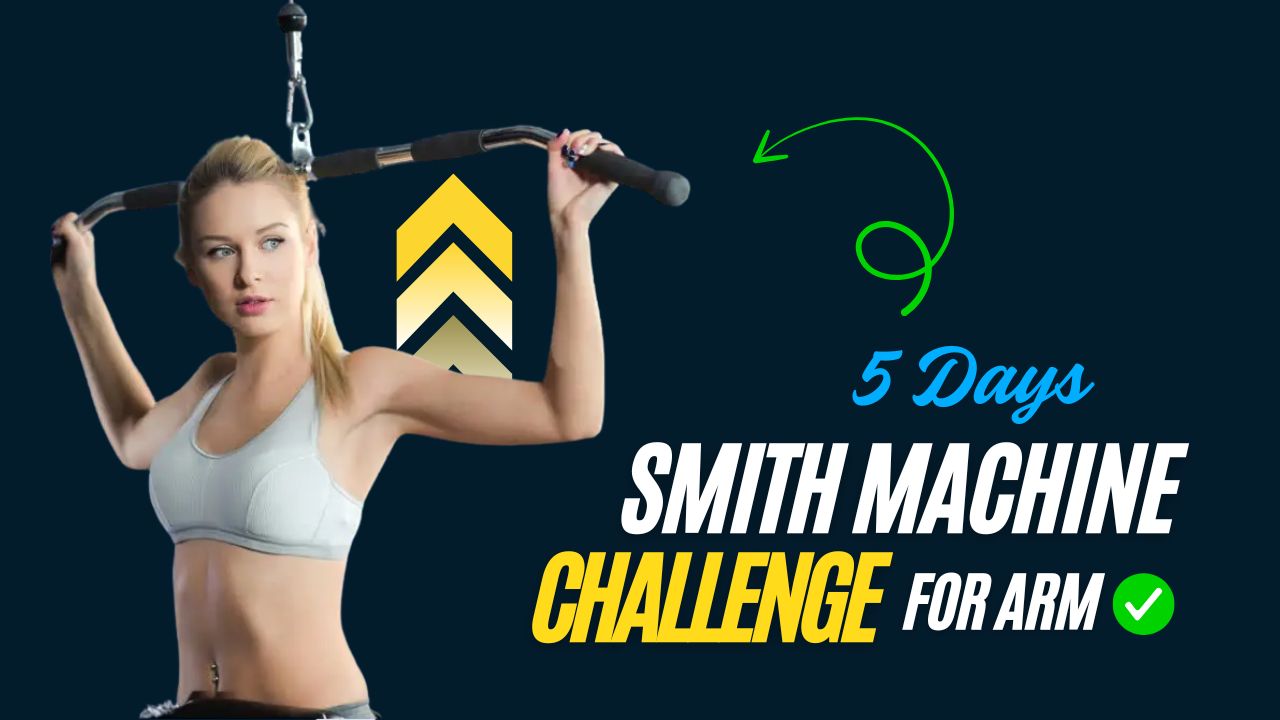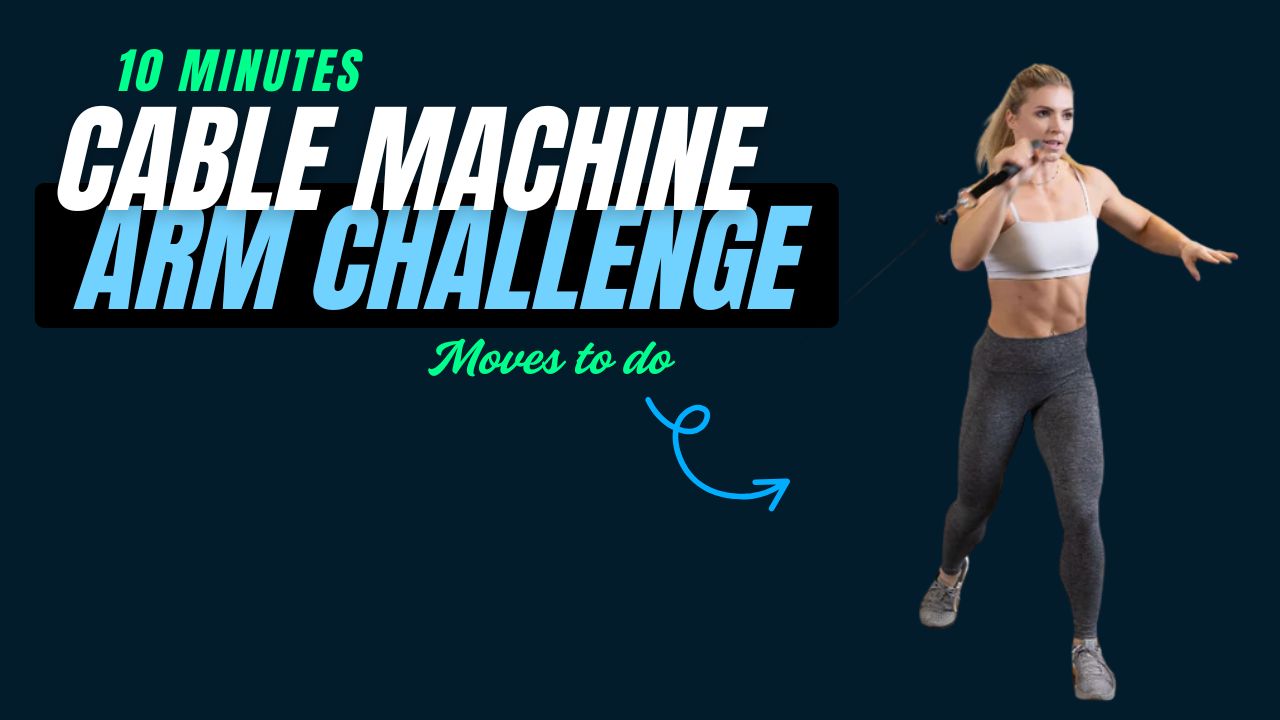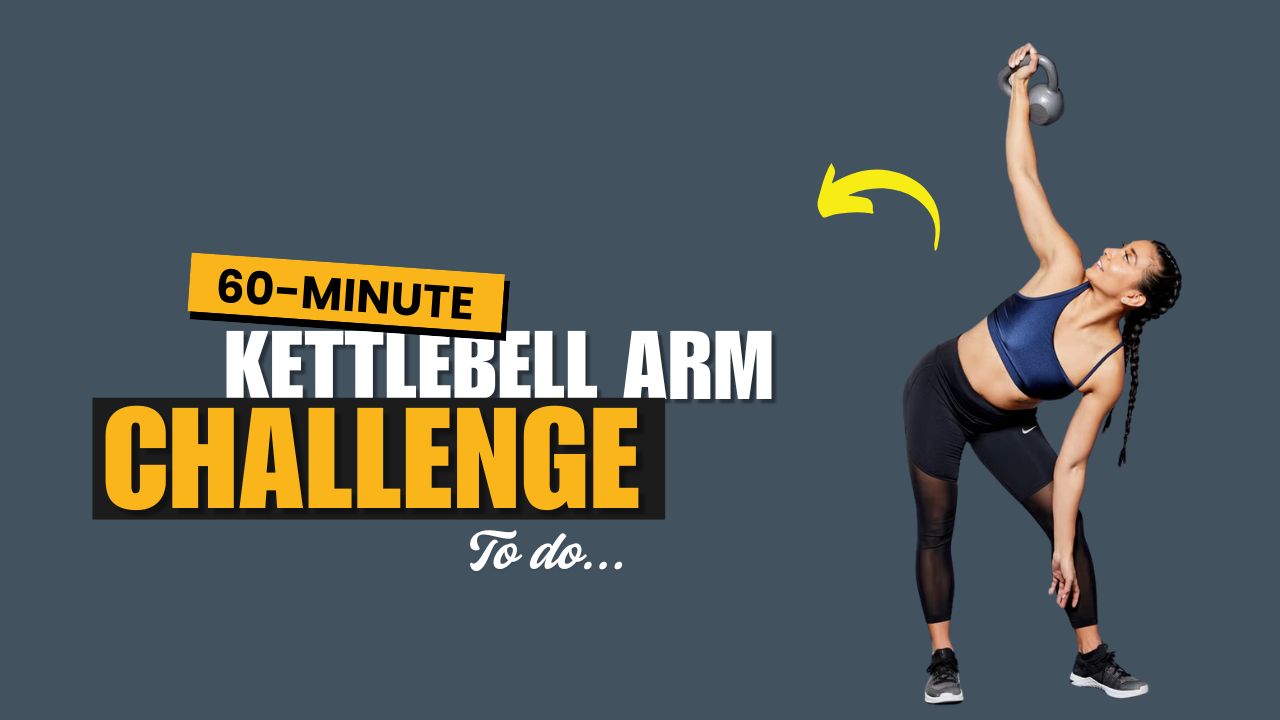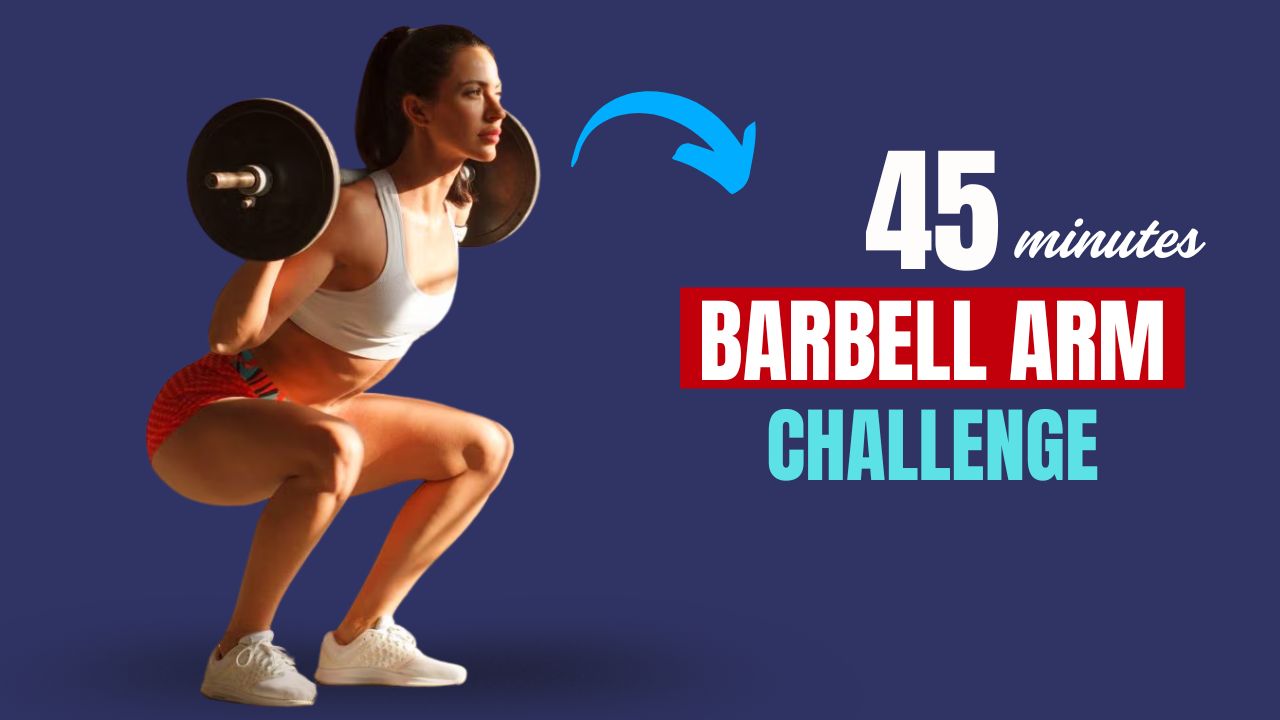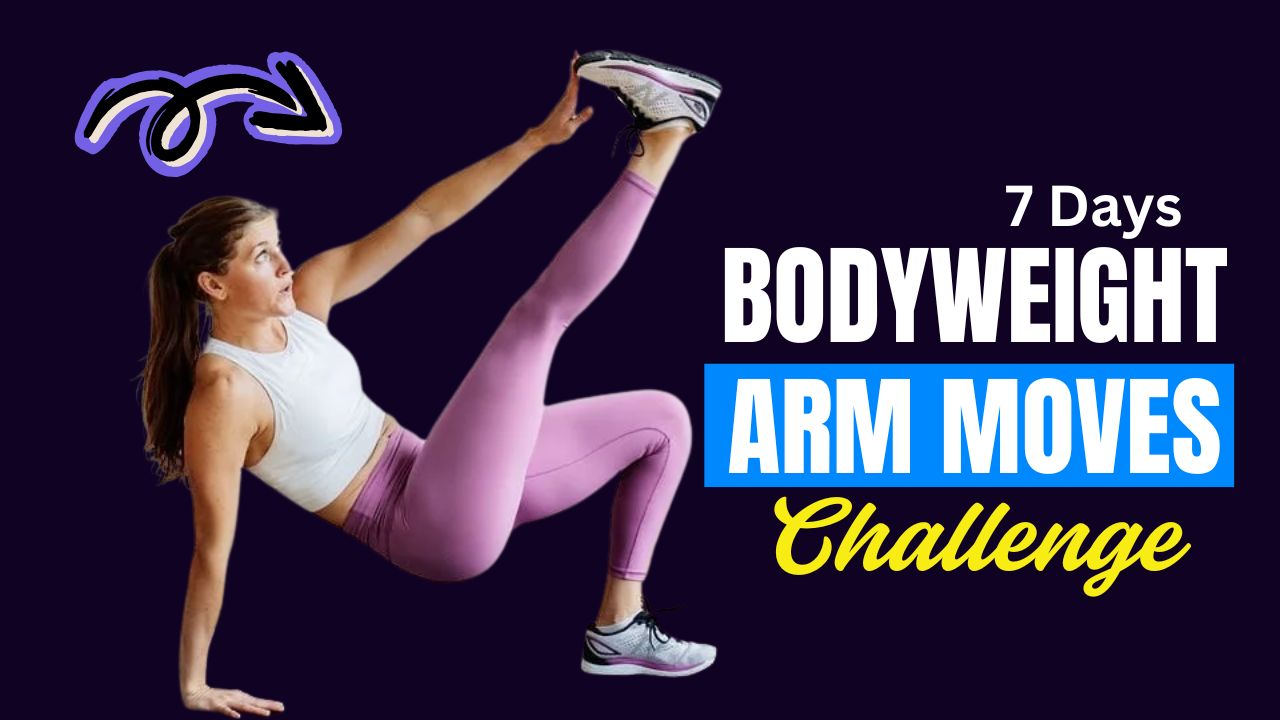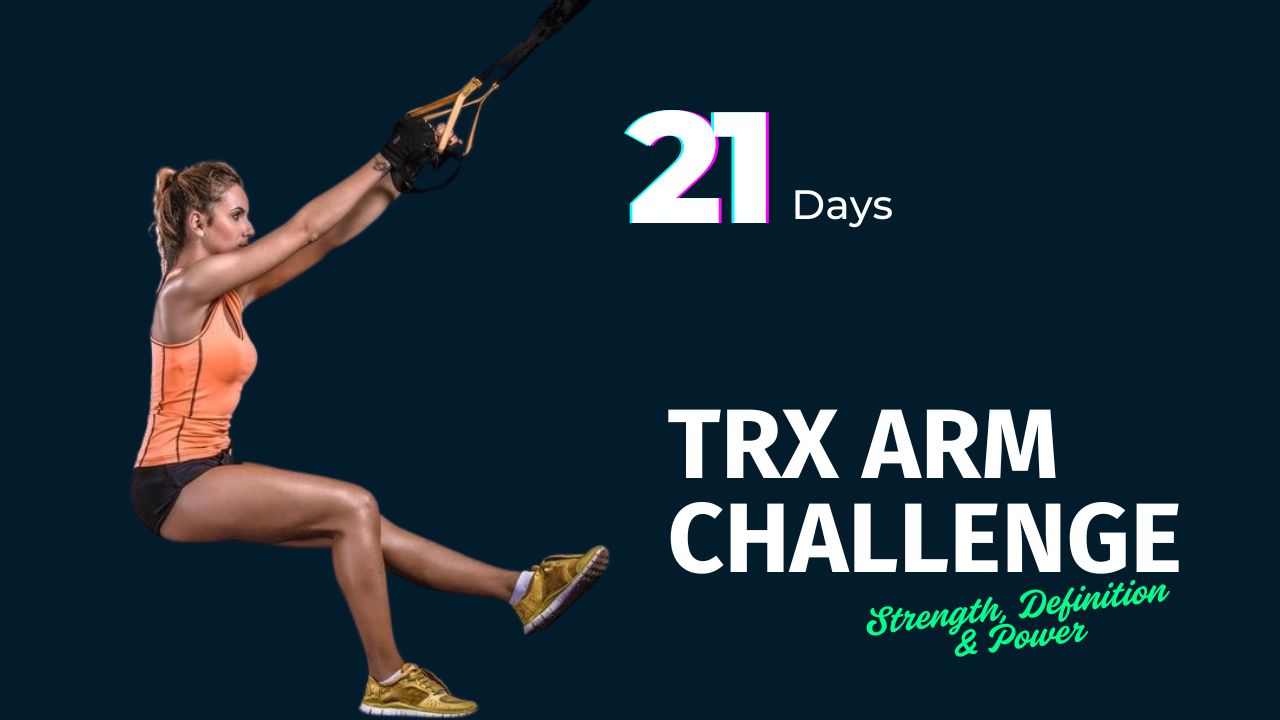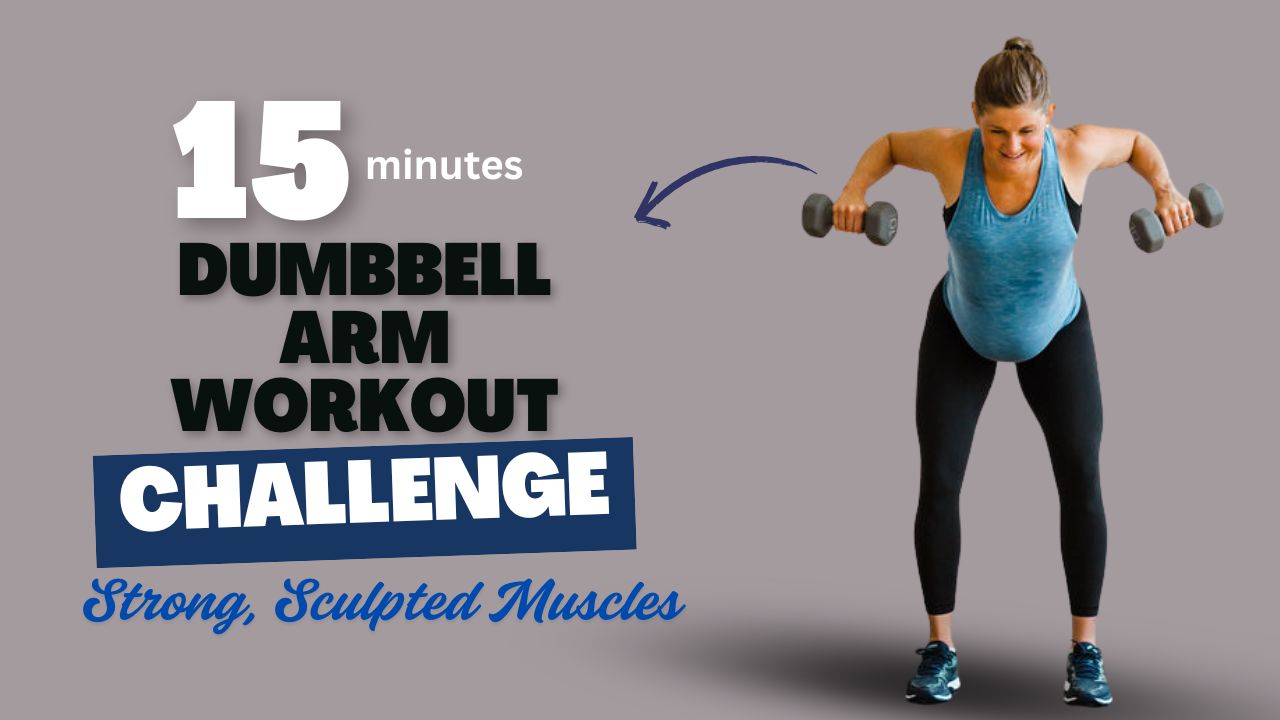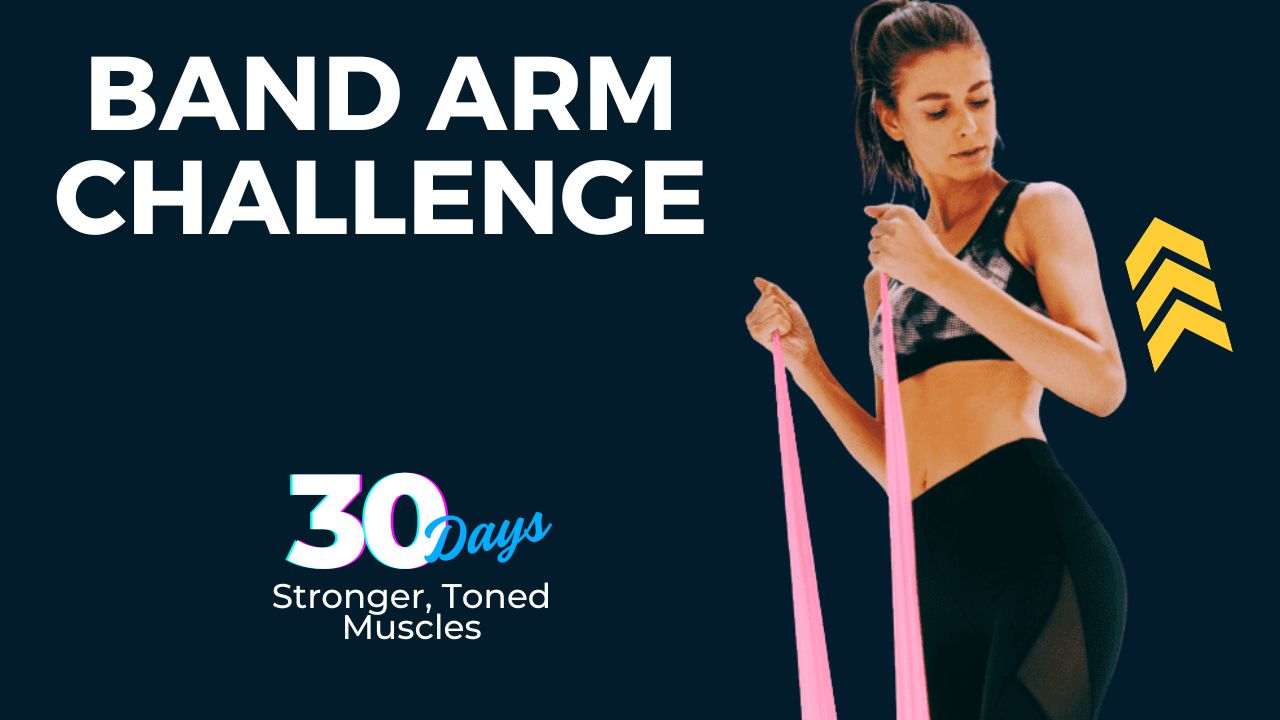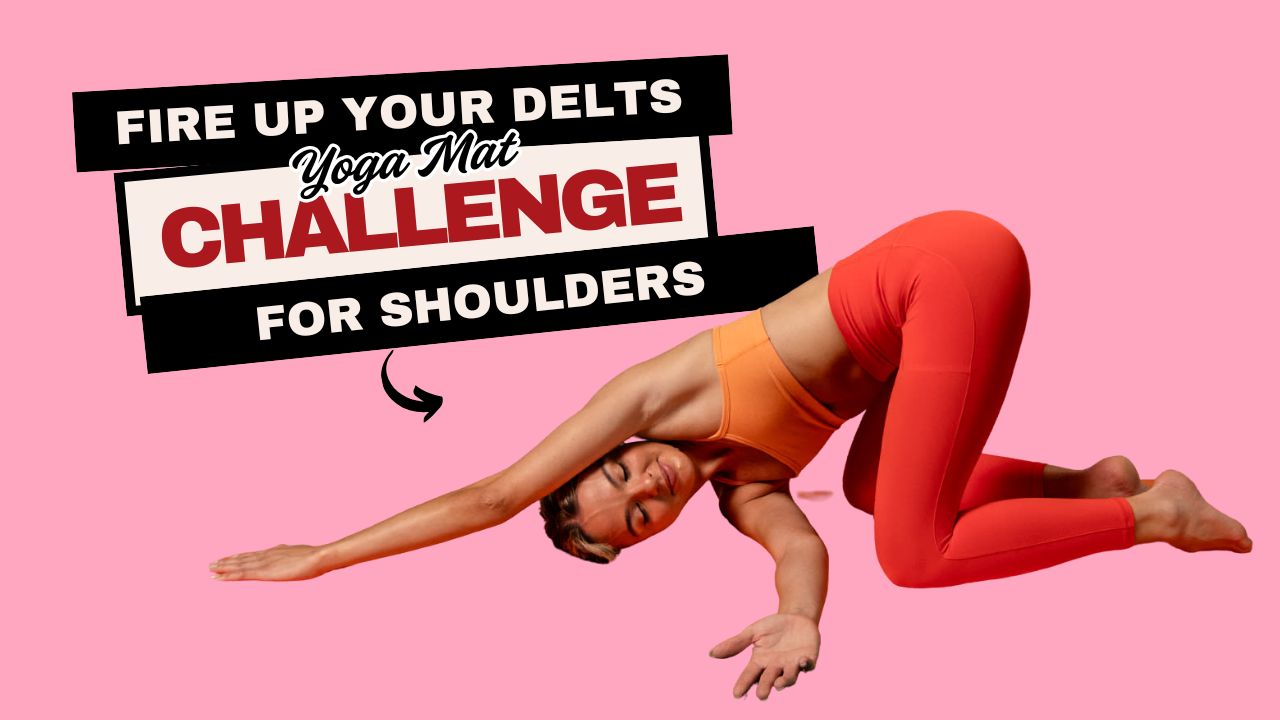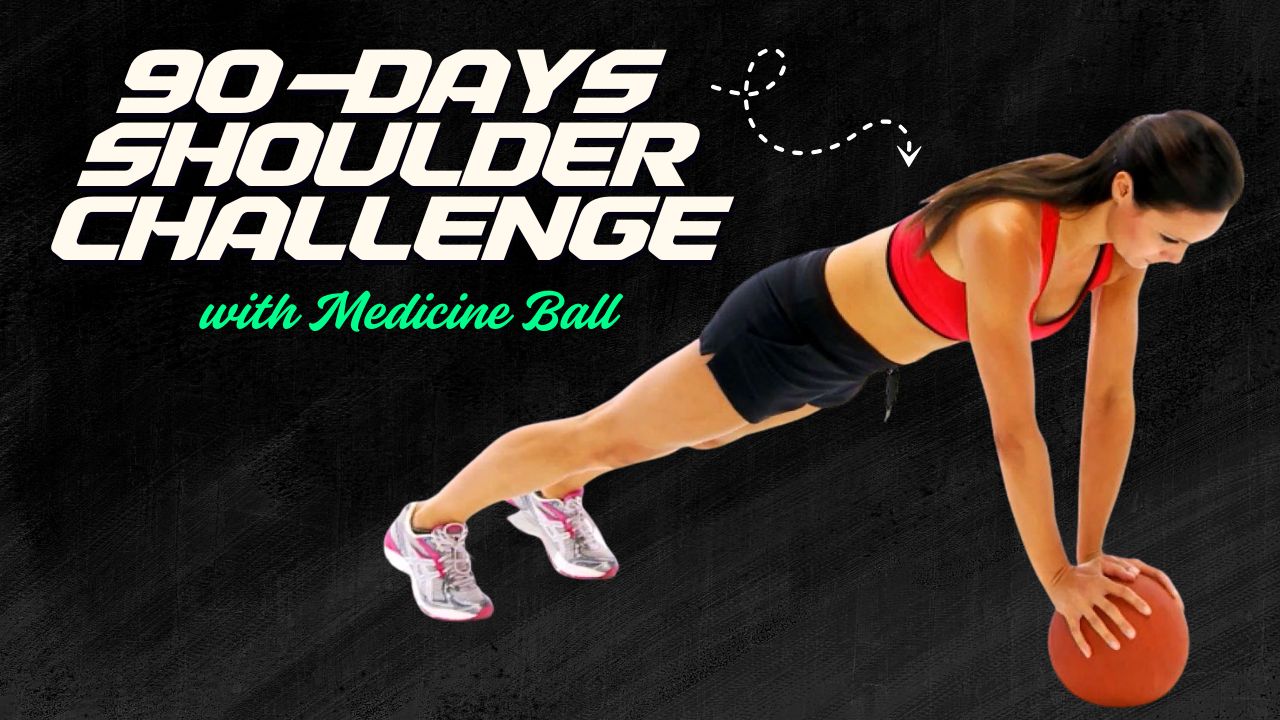Do you know that your triceps make up over two-thirds of your upper arm mass? That’s right — if bigger, more defined arms are your goal, you can’t afford to skip triceps day.
And while most people flock to dumbbells or bodyweight dips, one often underrated piece of equipment for triceps is the cable crossover machine. With its constant tension and smooth motion, it’s a game-changer for both size and definition.
In this post, let’s explore 11 highly effective Cable Crossover Tricep Exercises, how to do them, their unique benefits, and why they deserve a prime spot in your arm day routine.
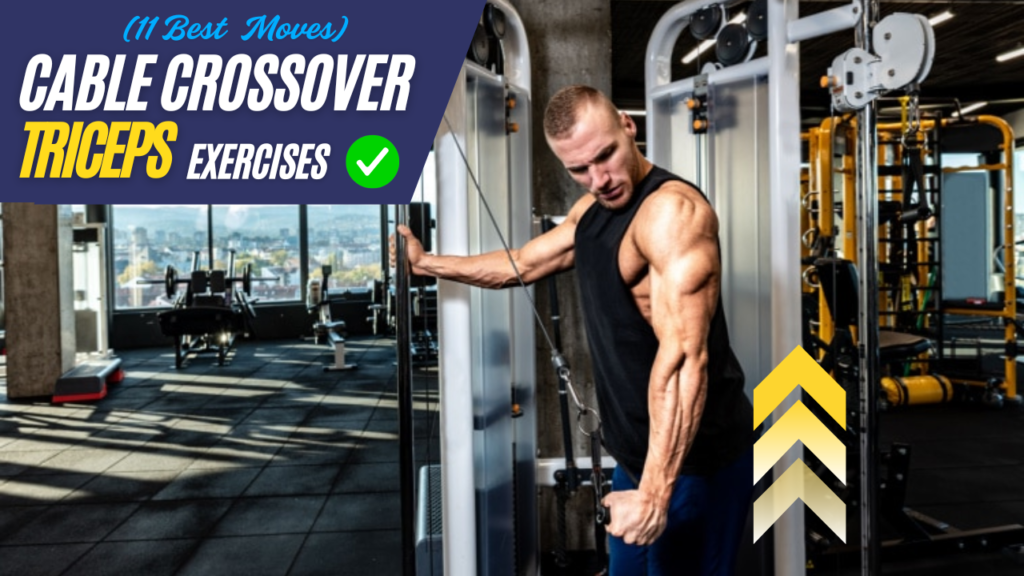
Table of Contents
What Can Happen After 30 Days of Cable Crossover Tricep Exercises
| Change/Result | What It Means |
|---|---|
| Increased Tricep Definition | Muscles start to appear more sculpted, especially the lateral and long heads. |
| Improved Arm Strength | Noticeable gains in pressing power and endurance in exercises like push-ups, bench press. |
| Better Mind-Muscle Connection | Enhanced focus and control over your triceps during each movement. |
| Muscle Imbalance Correction | Unilateral exercises help balance left and right arm strength and size. |
| Reduced Joint Strain | Cables offer smoother tension, decreasing stress on elbows and shoulders. |
| Enhanced Vascularity (Pump) | Improved blood flow and visible veins due to regular hypertrophy training. |
| More Confidence in Aesthetics | Stronger, more defined arms boost physical confidence. |
| Better Form in Other Exercises | Strong triceps support performance in chest and shoulder workouts. |
| Fat Loss Around the Arms | While spot reduction isn’t real, lean muscle mass increases calorie burn. |
| Motivation to Stay Consistent | Visible results drive motivation to push harder and stay committed. |
Also Read: 12 Must-Try Kettlebell Exercises for Strong, Sculpted Shoulders
Do’s and Don’ts of Cable Crossover Tricep Exercises
| Do’s | Don’ts |
|---|---|
| Keep elbows tucked in to isolate the triceps | Don’t let elbows flare out — it reduces tricep tension |
| Use a full range of motion for complete activation | Don’t half-rep — it limits muscle engagement |
| Focus on slow, controlled reps | Don’t rush through sets using momentum |
| Choose the right attachment for your goal | Don’t use only one variation every time |
| Maintain good posture and core tightness | Don’t lean or swing your body to push heavier weight |
| Train all three heads with different angles | Don’t overtrain just the lateral head with pushdowns |
| Start with lighter weight to learn proper form | Don’t go too heavy at first — it increases injury risk |
| Incorporate unilateral (single-arm) movements | Don’t ignore muscle imbalances by always using both arms |
| Pair with compound lifts like dips or close-grip presses | Don’t rely only on cables for total arm development |
| Stretch triceps after workouts to aid recovery | Don’t skip recovery — it hinders growth and leads to fatigue |
1. Cable Tricep Pushdown (Straight Bar)
How to Do It:
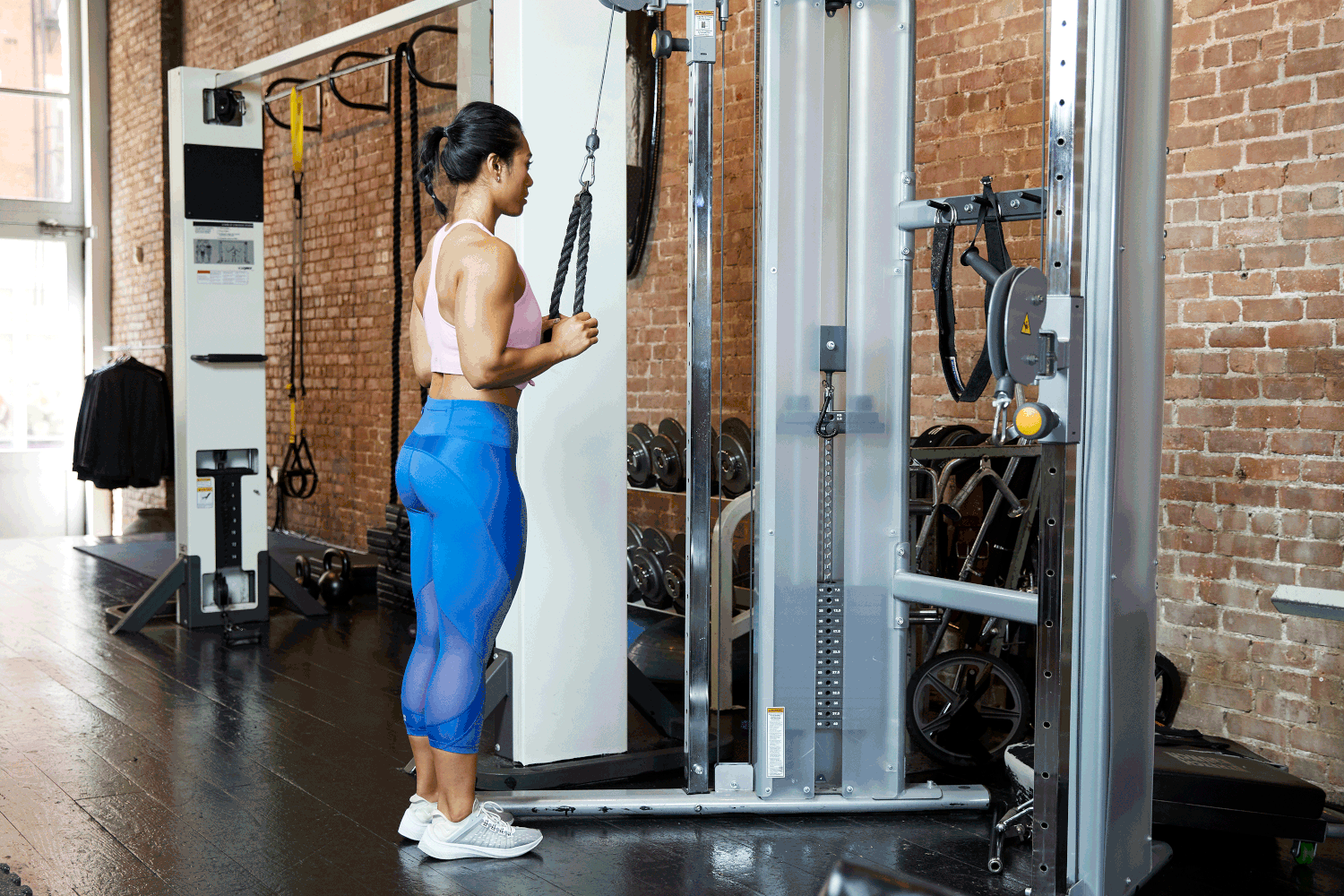
- Attach a straight bar to the high pulley.
- Stand tall, and grip the bar shoulder-width.
- Push the bar down until your arms are fully extended.
- Return slowly and repeat.
Benefits:
- A classic move to target all three tricep heads.
- Provides constant tension, unlike free weights.
- Great for building strength and size in the arms.
Fun Fact:
Many believe biceps define arm size, but triceps are actually the bulk builders.
Also Read: 12 Barbell Calf Exercises to Build Rock-Solid Lower Legs
2. Rope Tricep Pushdown
How to Do It:
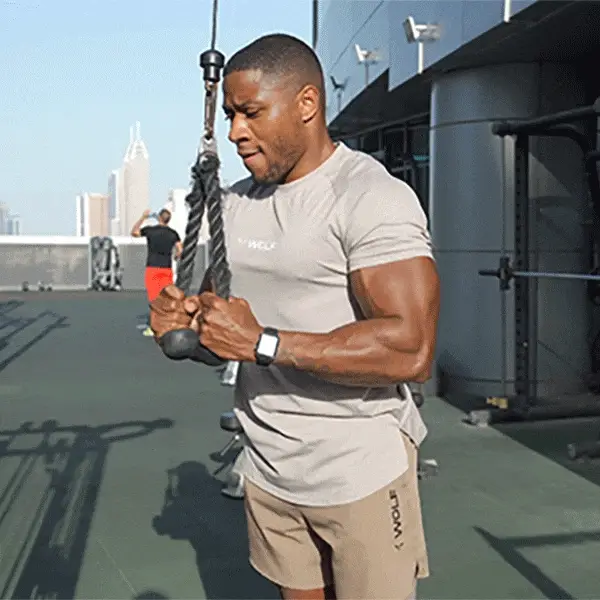
- Use a rope attachment on the high pulley.
- Pull the rope downward and split it at the bottom.
- Squeeze your triceps before returning.
Benefits:
- Excellent for hitting the lateral head of the triceps.
- The rope allows greater range and contraction.
- Reduces wrist strain compared to a straight bar.
3. Reverse Grip Pushdown
How to Do It:
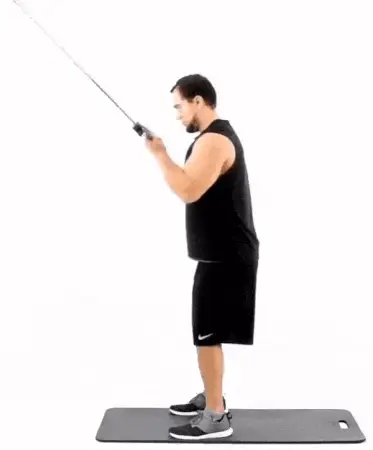
- Attach a straight bar.
- Use an underhand grip (palms up).
- Push down and lock out fully.
Benefits:
- Targets the medial head, often under-trained.
- Enhances wrist stability.
- Perfect for sculpting detail in the lower triceps.
Myth Buster:
Most gym-goers ignore this variation, assuming it’s less effective. In truth, it’s one of the best ways to isolate the inner tricep.
4. Single-Arm Cable Pushdown (D-Handle)
How to Do It:

- Attach a D-handle to the high pulley.
- Stand sideways and press down with one arm.
- Keep elbow pinned, fully extend.
Benefits:
- Perfect for unilateral training to fix muscle imbalances.
- Better focus and mind-muscle connection.
- Ideal for refining arm symmetry.
Also Read: 10 Barbell Quad Exercises That Build Massive, Sculpted Thighs Fast
5. Overhead Cable Tricep Extension (Rope)
How to Do It:
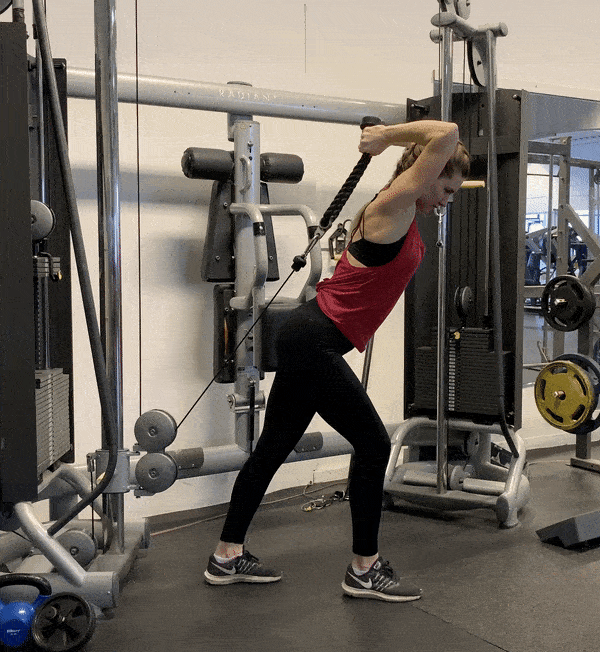
- Set the pulley to the lowest setting.
- Turn away and hold rope overhead.
- Extend arms forward and up, then return.
Benefits:
- Emphasizes the long head of the triceps.
- Creates a deep stretch for maximum fiber activation.
- Great for long-range tricep engagement.
6. Overhead Cable Extension (EZ Bar or Straight Bar)
How to Do It:
- Same setup as above but use a bar attachment.
- Keep elbows close and push overhead.
Benefits:
- Supports heavier loads than rope.
- Better tricep peak stimulation.
- Trains stability in the shoulder and elbow joints.
7. Cable Kickbacks
How to Do It:
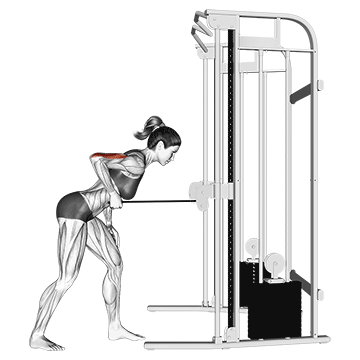
- Use a single handle on the low pulley.
- Bend slightly at the hips.
- Extend your arm backward in a kickback motion.
Benefits:
- Perfect for shaping the outer tricep.
- Less shoulder involvement than dumbbell kickbacks.
- Offers smoother, more controlled reps.
Also Read: 10 Barbell Core Workouts to Sculpt Rock-Solid Abs Fast
8. Cable Skull Crushers
How to Do It:
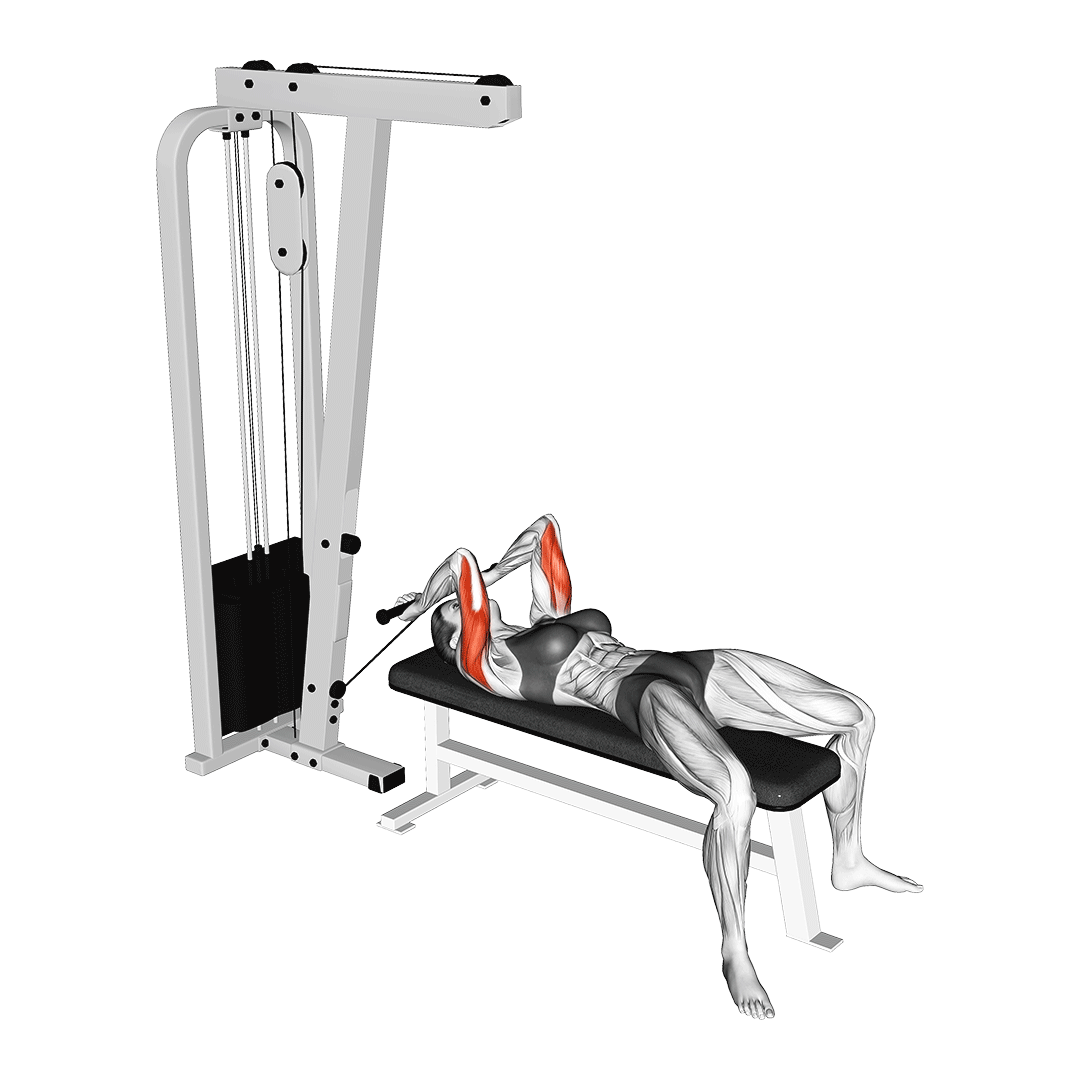
- Use an EZ or straight bar.
- Lie on a flat bench or floor with cable behind your head.
- Bring the bar toward your forehead and extend back up.
Benefits:
- High isolation, especially for the long head.
- Continuous tension without gravity-based momentum.
- Perfect finisher for intense tricep burn.
9. Lying Cable Overhead Extensions
How to Do It:

- Set a bench in front of a low pulley.
- Use an EZ bar or rope.
- Lie down and perform overhead extensions.
Benefits:
- Excellent for mass gain and stretch.
- Takes pressure off the shoulders.
- Effective alternative to dumbbell or barbell versions.
10. Crossbody Tricep Extension (Underhand)
How to Do It:
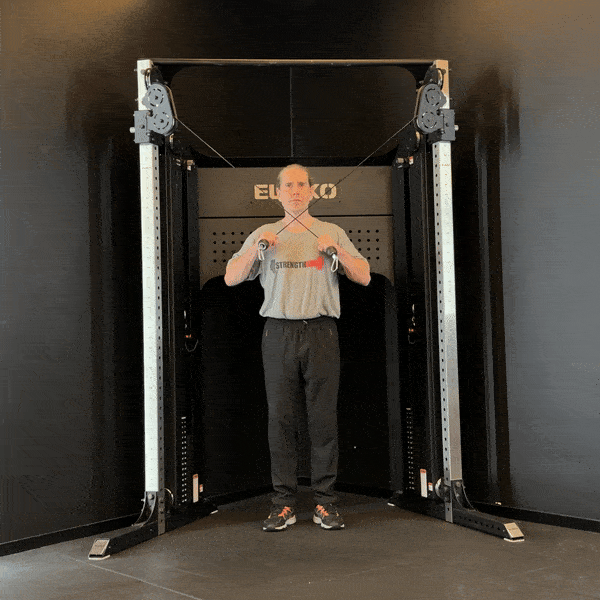
- Stand sideways to the cable machine.
- Pull the handle across your body underhand.
- Fully extend your arm, keeping it close to your torso.
Benefits:
- Targets the inner long head.
- Offers excellent control and contraction.
- Great addition for detail work.
Also Read: 13 Barbell Shoulder Exercises To Gain Mass & Shape
11. Cable Tricep Ladder (Drop Set Style)
How to Do It:
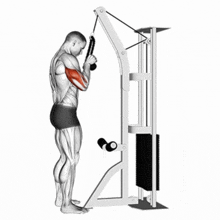
- Start with a heavy weight on a pushdown variation.
- Perform 6–8 reps, drop weight slightly, repeat.
- Continue for 3–4 drops with minimal rest.
Benefits:
- Maximizes hypertrophy and endurance.
- Challenges all tricep heads under fatigue.
- Boosts pump and vascularity dramatically.
Did You Know?
Drop sets can increase muscle mass by forcing the triceps to recruit deeper muscle fibers due to fatigue.
Final Thoughts
Cable crossover machines aren’t just for chest — they’re one of the most versatile tools to sculpt strong, sleeve-busting triceps.
Whether you’re a beginner or a seasoned lifter, mixing these 11 cable tricep exercises into your program can deliver visible results and improved strength.
Try combining 3–4 of these in a session, train to near-failure, and track your progress. With consistent effort, you’ll be on your way to stronger arms and superior definition — one cable rep at a time.
Also Read: 13 Dumbbell-Only Calf Workouts to Add Volume, Strength & Shape
Frequently Asked Questions (FAQs)
Can I build big triceps using only the cable crossover machine?
Absolutely! The cable machine offers constant tension, better isolation, and multiple angles to target all three tricep heads. If used consistently with progressive overload, it can build size and strength effectively.
How often should I train triceps with cables?
For most people, 2 times per week is ideal. Ensure there’s at least 48 hours between sessions for recovery, especially if you’re training other pushing muscles like chest or shoulders.
Do cable tricep exercises help with strength or just shape?
Both. While they’re excellent for definition and hypertrophy, using progressively heavier loads and compound variations like skull crushers can boost pressing strength too.
Can beginners use the cable crossover for triceps?
Yes! Cable machines are beginner-friendly. Start with light weight and high reps to learn form, then gradually increase resistance. A personal trainer can also help set you up safely.
Can cable exercises replace compound tricep exercises?
While cable moves are effective, they’re best when combined with compound lifts like close-grip bench presses or dips for full triceps development. Cables are excellent for isolation and finishing work.
How many cable tricep exercises should I include per workout?
1 to 3 exercises per workout is usually enough. Focus on quality over quantity and aim to hit all tricep heads across your weekly training routine.
Can I do these exercises at home?
Only if you have a cable crossover machine or a functional trainer at home. Otherwise, you can mimic some movements with resistance bands, although they won’t provide the same constant tension as cables.
